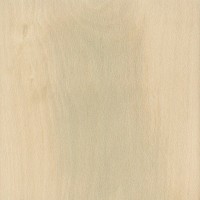 |
Common Name(s): English Holly, European Holly Scientific Name: Ilex aquifolium Distribution: Europe, northwest Africa, and southeast Asia Tree Size: 50-65 ft (15-20 m) tall, 1-2 ft (.3-.6 m) trunk diameter Average Dried Weight: 41 lbs/ft3 (650 kg/m3) Specific Gravity (Basic, 12% MC): .50, .65 Janka Hardness: 1,010 lbf (4,510 N) Modulus of Rupture: No data available* Elastic Modulus: No data available* Crushing Strength: No data available* *Strength properties most likely very similar to American Holly Shrinkage: Radial: 5.4%, Tangential: 10.0%, Volumetric: 16.4%, T/R Ratio: 1.9 |
Color/Appearance: Ideal lumber has a very uniform, pale white color with virtually no visible grain pattern. Knots are common, which can reduce the usable area of the wood. Can develop a bluish/gray fungal stain if not dried rapidly after cutting. Holly is usually cut during the winter and kiln dried shortly thereafter to preserve the white color of the wood.
Grain/Texture: Grain is interlocked and irregular. Medium to fine uniform texture with moderate natural luster.
Endgrain: Diffuse-porous or semi-ring-porous; small to medium pores predominantly in radial multiples of 2-4, commonly arranged in radial rows, moderately numerous to numerous; growth rings may be distinct due to an intermittent row of earlywood pores; rays in variable sizes from narrow to very wide, normal to fairly close spacing; parenchyma not typically visible with lens.
Rot Resistance: Rated as non-durable or perishable, and susceptible to insect attack.
Workability: Can be difficult to work on account of the numerous knots and interlocked grain. Glues, stains, and finishes well, and is sometimes stained black as a substitute for Ebony. Turns well on the lathe.
Odor: No characteristic odor.
Allergies/Toxicity: Besides the standard health risks associated with any type of wood dust, no further health reactions have been associated with Holly. See the articles Wood Allergies and Toxicity and Wood Dust Safety for more information.
Pricing/Availability: Seldom available for commercial sale, Holly is an expensive domestic lumber, and is usually only available in small quantities and sizes.
Sustainability: This wood species is not listed in the CITES Appendices or on the IUCN Red List of Threatened Species.
Common Uses: Inlays, furniture, piano keys (dyed black), broom and brush handles, turned objects, and other small novelty items.
Comments: Holly is typically used only for ornamental and decorative purposes. It has a fairly large shrinkage rate, with a lot of seasonal movement in service, and its strength properties are mediocre for a hardwood.
Scans/Pictures: A special thanks to Steve Earis for providing the wood sample and turned photo of this wood species.


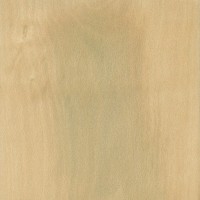
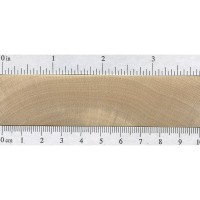
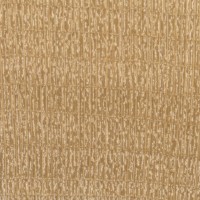
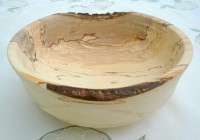
I have a few cuts of holly, which I am seeing how to turn into irregular bowls. I like the ghostly whiteness of them, with subtle graining. What finish would best preserve this?
What effect would wood bleach have?
English holly laddle, worked green, nice carving wood.
Holly does have a distinct odour. Especially when worked green.
Do you know if the holly tree is a hardwood or a softwood? Thanks
hardwood